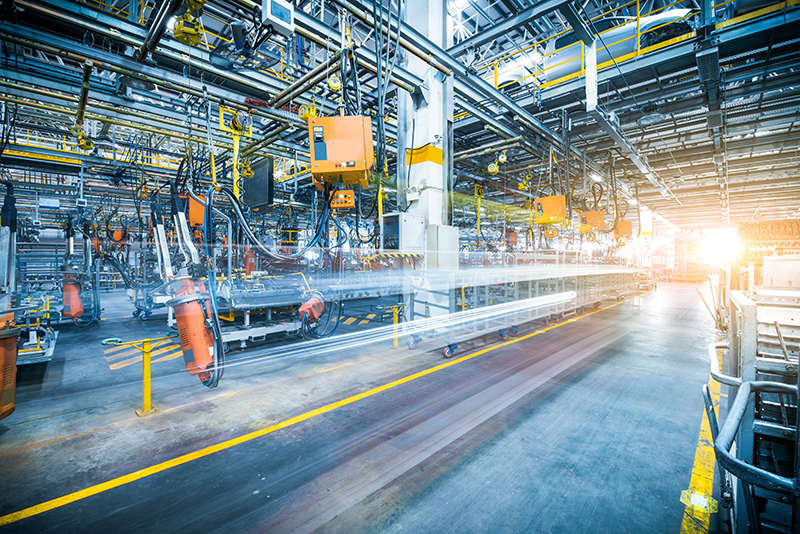Aquatech Supplies Multiple Effect Distillation Units to Thermal Power Plant in Egypt
Save as PDF
The high variability in quality of the wastewater generated by an Assembly & Manufacturing plant usually makes its handling expensive. Costly fees when the water is discharged only partially treated or the costs of assets and operations of a proper multistage Wastewater Treatment Plant can be challenging. Aquatech can unlock the intrinsic value of wastewater, not only successfully and consistently by treating the wastewater but also recycling the treated effluent to reduce water consumption. Fresh water cost savings often return the investment of treatment quickly and eventually become a beneficial and sustainable practice.

Aquatech’s standard processes are tailored to specifically address the variable elements of the automitive and related industries’s wastewater (organics, Oil&Grease, phosphates) through the application of stand-alone or combined technologies like Membrane Bioreactors (BioMOD), Ceramic Membranes (CeraQ), Advanced Reverse Osmosis (ARRO) and precipitation membranes (Recomax). Aquatech’s ultimate design is to make reuse both feasible and reliable.
CHALLENGE – Addressing the organic content of wastewater and making reuse commercially viable.
In a recent project at a vehicle assembly&manufacturing plant, we assessed the technical performances and economics of a reuse treatment design that would process 252,000 gallons per day (GPD) of wastewater through a membrane bioreactor (MBR) followed by a RO system to reuse the effluent for (i) cooling tower make-up and/or (ii) replacing the need for city water to feed a reverse osmosis (RO) system to supply water for production operations.
The unique process Aquatech designed is able to treat the wastewater and meet the quality requirement for recycle/reuse. Organics (COD), Phosphorous and FOG were consistently reduced to the desired levels making easier and cheaper the operation and performance of the dedicated Reverse Osmosis downstream. In a range of costs of $8 – $12 per 1000 Gal for the fresh water, this design’s economics are also beneficial. The containerized nature of the main equipment reduces the installation costs and provides the possibility to arrange a Design Build Own Operate contract (DBOOM), making these projects not only affordable but commercially meaningful.
TABLE 1: WW Quality
| Parameter | Concentration Range (mg/L) |
| Chemical Oxygen Demand | 20-763 |
| Phosphorus, Total | 0.9-6.0 |
| Fats, Oils, and Grease | <10 |
| Total Dissolved Solids | 630 – 1,800 |
TABLE 2: Recycle Quality Targets
| Organic (COD) removal to an average concentration of </= 100 mg/L COD |
| Phosphate removal to an average concentration of </= 1 mg/L PO4– P; |
| Fats, Oils, and Greases (FOG) removal to </= 2 mg/L; |
| Total Suspended Solids (TSS) removal to </= 2 mg/L |
CHART 1: COD Removal

CHART 2: FOG Removal

CHART 3: Phosphate Removal

Save as PDF
Save as PDF
Save as PDF
Save as PDF